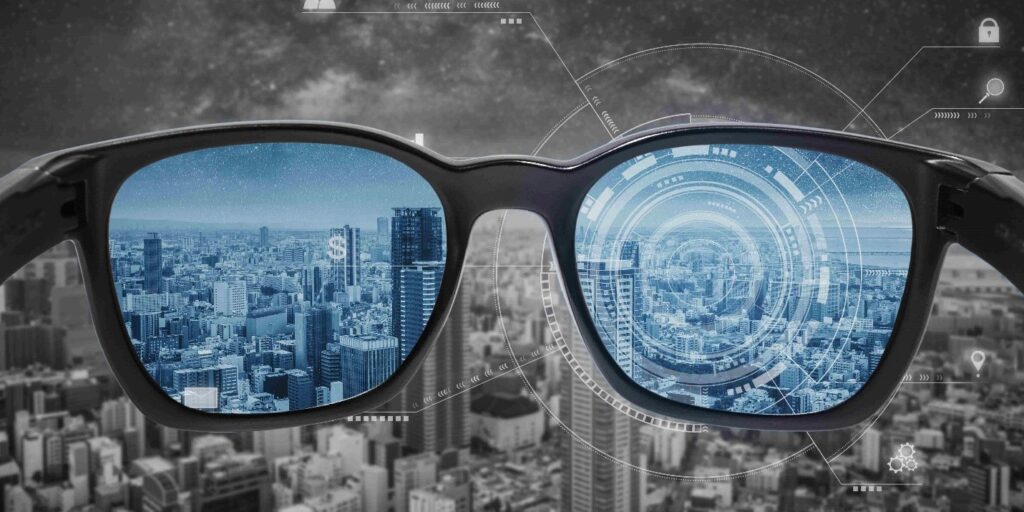Augmented reality (AR) and virtual reality (VR) are two of the most exciting technologies to emerge in recent years. These technologies have the potential to revolutionize the way we interact with the world around us, and they are already being used in a variety of industries, including entertainment.
Live streaming is one area where AR and VR are beginning to make a significant impact. By integrating these technologies into live streaming, broadcasters can create more immersive and engaging experiences for viewers. This is opening up new possibilities for live entertainment, and it is only a matter of time before AR and VR become commonplace in live streaming.
How AR and VR Can Be Used in Live Streaming

There are a number of ways that AR and VR can be used in live streaming. One way is to use AR to overlay digital information on top of the live video stream. This could be used to provide viewers with additional information about the event they are watching, such as statistics, historical data, or even real-time translations.
For example, a sports broadcaster could use AR to overlay the names of players, their positions, and their statistics on top of the live video feed. This would allow viewers to better understand the game and to follow the action more closely.
Another way to use AR in live streaming is to create interactive experiences for viewers. This could be done by allowing viewers to interact with virtual objects or environments. For example, a music festival could use AR to allow viewers to see virtual stages and performers that are not actually present at the event.
VR can also be used in live streaming to create completely immersive experiences. This could be done by broadcasting the event in VR, so that viewers feel like they are actually there. This would allow viewers to experience the event from a first-person perspective, and it would give them a feeling of being part of the action.
The Benefits of Integrating AR and VR into Live Streaming

There are a number of benefits to integrating AR and VR into live streaming. These benefits include:
- Increased engagement: AR and VR can help to increase viewer engagement by making the live streaming experience more immersive and interactive.
- Improved understanding: AR and VR can help viewers to better understand the event they are watching by providing them with additional information or by creating interactive experiences.
- New revenue streams: AR and VR can open up new revenue streams for broadcasters by allowing them to charge viewers for access to premium content or by selling virtual goods and services.
The Future of AR and VR in Live Streaming
The future of AR and VR in live streaming is very promising. As these technologies continue to develop, they will become more affordable and accessible. This will lead to an increase in the use of AR and VR in live streaming, and it will open up new possibilities for live entertainment.
In the future, it is likely that AR and VR will become an integral part of live streaming. These technologies will allow broadcasters to create more immersive and engaging experiences for viewers, and they will open up new revenue streams for the live streaming industry.
AR and VR are two of the most exciting technologies to emerge in recent years. These technologies have the potential to revolutionize the way we interact with the world around us, and they are already being used in a variety of industries, including entertainment.
Live streaming is one area where AR and VR are beginning to make a significant impact. By integrating these technologies into live streaming, broadcasters can create more immersive and engaging experiences for viewers. This is opening up new possibilities for live entertainment, and it is only a matter of time before AR and VR become commonplace in live streaming.

